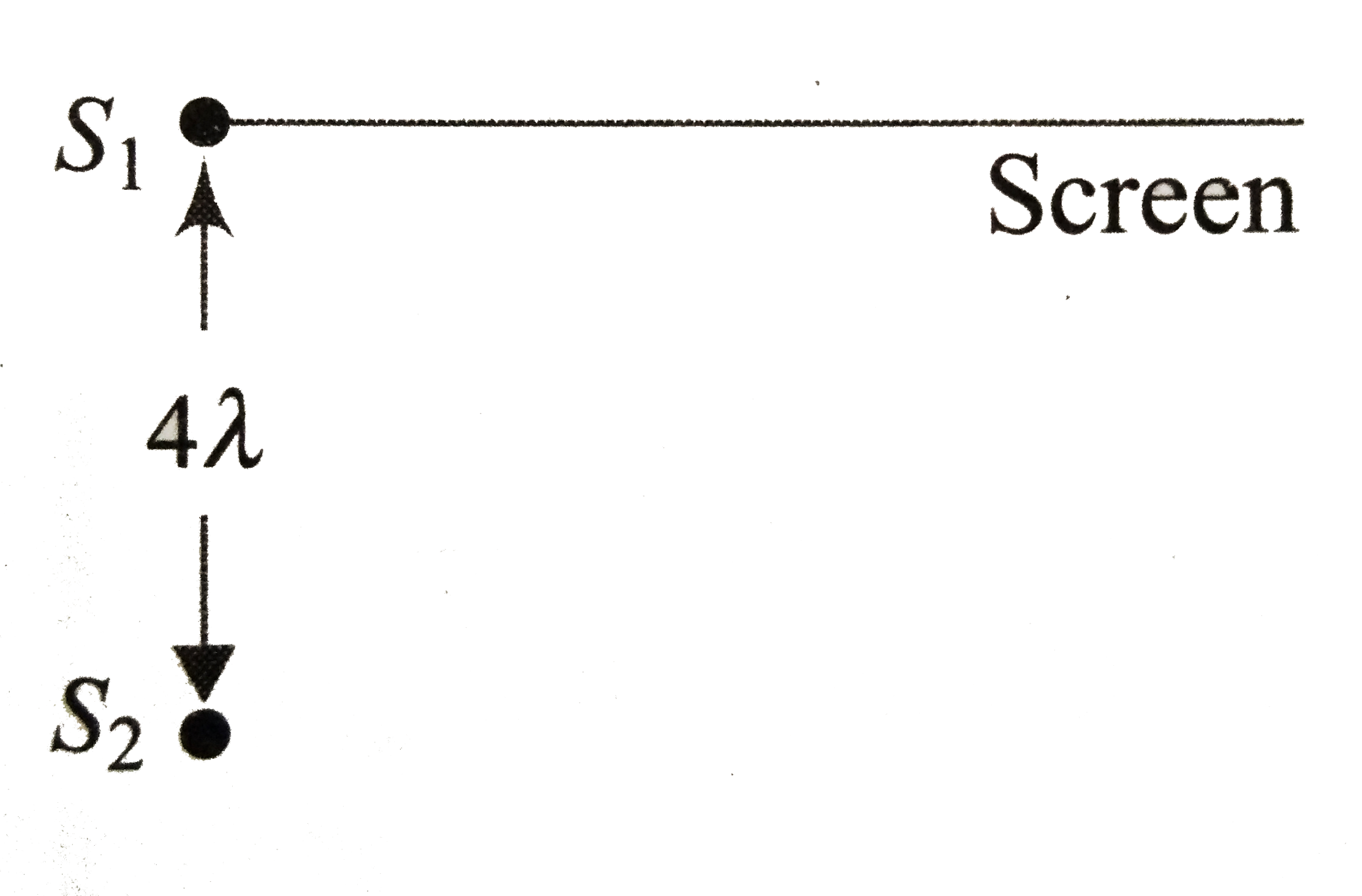Statement I: While calculating intensities in interference pattern, we can add the intensities of the individual waves.
Statement II: Principle of superposition is valid for liner waves.
Statement I is True, statement II is True, Statement II is a correct explanation for Statement I.
Statement I is Ture, Statement II is Ture, Statement II is NOT a correct explanation for Statement I.
Statement I is True, Statement II is False.
Statement I is False, Statement II is True.
The correct Answer is:d
Intensity ∝(amplitude)2 and hence a non-linear physical quality. So we connot add intensities direcetly, as principle of superposition is valid for linear waves only.
Topper's Solved these Questions
- WAVE OPTICSBOOK - CENGAGE PHYSICSCHAPTER - WAVE OPTICSEXERCISE - Linked Comprehension
88 Videos
- WAVE OPTICSBOOK - CENGAGE PHYSICSCHAPTER - WAVE OPTICSEXERCISE - Integer
3 Videos
- WAVE OPTICSBOOK - CENGAGE PHYSICSCHAPTER - WAVE OPTICSEXERCISE - Multiple Correct
8 Videos
- THERMODYNAMICSBOOK - CENGAGE PHYSICSCHAPTER - THERMODYNAMICSEXERCISE - QUESTION BANK
34 Videos
- WAVESBOOK - CENGAGE PHYSICSCHAPTER - WAVESEXERCISE - QUESTION BANK
38 Videos
Similar Questions
Knowledge Check
Statement-I : In Young's double slit experiment interference pattern dissapears when one of the slits is closed
Statement-II : Interference is observed due to superposition of light waves from two coherent sourceAStatement-I is true and Statement-II is true and Statement-II is the correct explanation of Statement-I.BStatement-I asnd Statement-II are true but Statement-II is not the correct explanation of Statement-ICStatement-I is true, Statement-II is falseDStatement-I is false, Statement-II is true.If ratio of maximum to minimum intensity in an interference experiment is 16:1 then ratio of amplitudes of individual waves is-
A4:1B16:1C5:3D25:9Statement I: For the situation shown in figure two identecal coherent light sources produce interference pattern on the screen. The intensity of minima nearest to S1 is not exactly zero.

Statement II: Minimum intensity is zero, when interfering waves have same intensity at the location of superposition.AStatement I is True, statement II is True, Statement II is a correct explanation for Statement I.BStatement I is Ture, Statement II is Ture, Statement II is NOT a correct explanation for Statement I.CStatement I is True, Statement II is False.DStatement I is False, Statement II is True.
The intensity of interference waves in an interference pattern is same as I0. The resultant intensity at the point of observation will be
View SolutionStatement A: In the interference pattern the intensity is same at all points in a brightband
Statement B: In Young's double slit experiment, as we move away from the central maximum, the third maximum always comes before the third minimum.
View SolutionStatement I: In YDSE, if separation between the slits is less than wavelength of light, then no interference pattern can be observed.
Statement II: For interference pattern to be observed, light sources have to be coherent.
View SolutionStatement - I : Diffraction of sound waves is evident in daily experince than that of light waves
Statement- II : The wave length of sound waves is comparitively than that of light waves.
View SolutionStatement I: In calculating the disturbance produced by a pair of superimposed incoherent wave trians, you can add their intensities.
Statement II: I1+I2+2√I1I2cosδ. The average value of cosδ=0 for incoherent waves.
View Solution
